Grover Cleveland, the 22nd and 24th President of the United States, holds the unique distinction of being the only president in U.S. history to serve two non-consecutive terms. Born in 1837 in Caldwell, New Jersey, Cleveland rose from humble beginnings to become one of the most influential figures in late 19th-century American politics. Known for his integrity, commitment to limited government, and strong stand on issues like civil service reform, Cleveland’s presidency was marked by his staunch opposition to the expansion of government powers and his defense of fiscal conservatism.
Cleveland’s non-consecutive terms make his presidency particularly intriguing in the history of U.S. politics. Serving from 1885 to 1889 and again from 1893 to 1897, Cleveland’s leadership navigated the complexities of post-Reconstruction America, dealing with issues such as the economy, labor unrest, and the influence of industrialization. Despite facing significant opposition, Cleveland’s legacy as a principled leader has endured, and he is remembered as a president who upheld traditional American values, even when they ran counter to popular sentiment.
Early Life and Political Beginnings
Grover Cleveland was born on March 18, 1837, in Caldwell, New Jersey, to a Presbyterian minister, Richard Falley Cleveland, and his wife, Anne Neal Cleveland. Cleveland’s early life was marked by both privilege and hardship. His father passed away when Cleveland was just 16, forcing him to leave school and take on various jobs to support his family. Cleveland’s early experiences shaped his sense of responsibility and self-reliance, values that would later influence his political career.
Cleveland’s political career began in earnest in 1859 when he started working as a law clerk in the office of a prominent lawyer in Buffalo, New York. After being admitted to the bar in 1859, he quickly became involved in local politics. His career took off when he became the assistant district attorney for Erie County in 1863. Cleveland’s reputation for honesty and commitment to public service began to grow, and by 1881, he was elected mayor of Buffalo. His tenure as mayor was marked by his dedication to good governance, including his opposition to corruption and his advocacy for reform. This reputation for integrity propelled him to higher office, and in 1882, he was elected governor of New York.
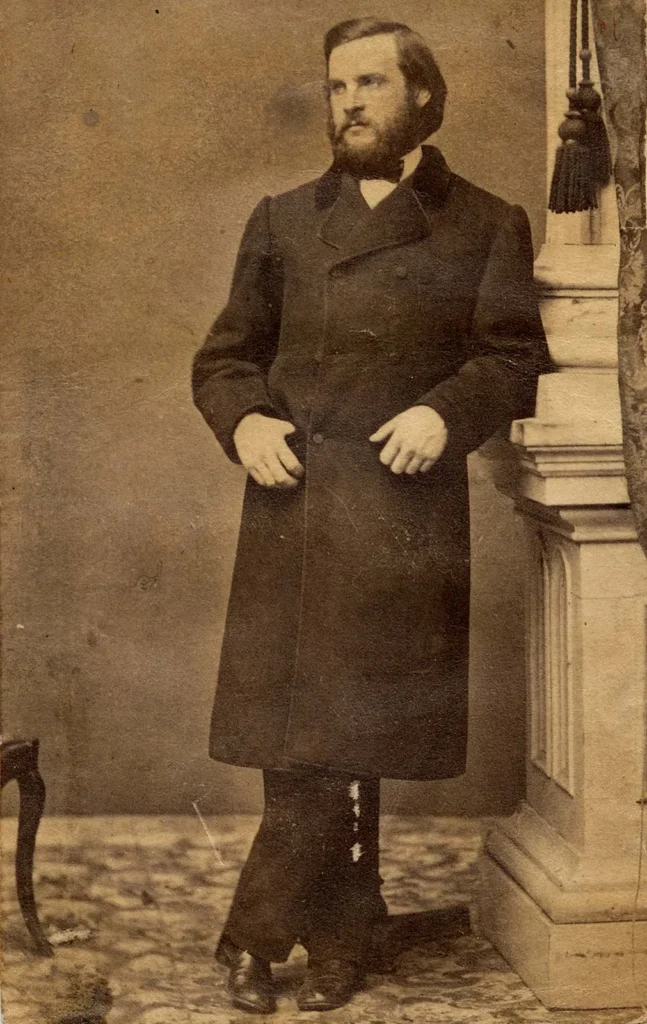
The Road to the Presidency: A Champion of Reform
As governor of New York, Cleveland earned a reputation as a staunch reformer, particularly in his efforts to fight political corruption and curtail the influence of political machines. He fought to reduce patronage and increase transparency in state government. Cleveland’s approach to governance was marked by his strict adherence to principle and his reluctance to yield to political pressures. His commitment to reform, especially his efforts to root out corruption in New York’s state government, made him a popular figure among reform-minded citizens.
Cleveland’s success as governor of New York caught the attention of national political leaders, and he was chosen as the Democratic candidate for president in 1884. Despite his relatively unknown status on the national stage, Cleveland’s commitment to honesty and reform resonated with voters who were disillusioned with the political establishment. In the presidential election of 1884, Cleveland faced Republican candidate James G. Blaine. Cleveland’s message of clean government and fiscal conservatism helped him win a narrow victory. His victory was notable not only for his reformist platform but also for his personal character, as Cleveland’s opponent, Blaine, was marred by allegations of corruption.
Cleveland’s First Term: A Presidency of Reform and Fiscal Responsibility
Grover Cleveland’s first term as president, from 1885 to 1889, was characterized by his commitment to civil service reform, reducing government spending, and tackling the issues of political patronage. One of his first major acts as president was to begin reforming the federal patronage system. He implemented the Pendleton Civil Service Reform Act, which sought to eliminate the spoils system and introduce a merit-based system for hiring government employees. This was a significant step in modernizing the federal bureaucracy and reducing corruption.
Cleveland also made efforts to reduce the national deficit by vetoing numerous spending bills, earning a reputation as a fiscal conservative. He believed in limited government and worked to reduce federal spending while maintaining the country’s financial stability. His presidency also saw a number of significant foreign policy challenges, including tensions with European powers over the status of American territories and trade. Despite these challenges, Cleveland’s first term is generally remembered as a period of relative stability, with a focus on reform and fiscal restraint.
Defeat and Return: Cleveland’s Political Comeback
In 1888, Grover Cleveland ran for re-election, facing off against Benjamin Harrison, the Republican candidate. Although Cleveland won the popular vote, he lost the election due to the Electoral College. This defeat marked the end of his first term, but it did not mark the end of his political career. After four years out of office, Cleveland made a stunning political comeback in 1892. His return to the presidency was fueled by growing dissatisfaction with the Republican administration, which had failed to address important issues like the economy and labor unrest.
Cleveland’s victory in 1892 was a testament to his enduring appeal and his strong connection to the American electorate. In his second term, Cleveland returned to the White House with a renewed focus on fiscal conservatism and his opposition to the growing influence of big business and corporate monopolies. One of the key issues during his second term was the economic depression of the 1890s, which led to widespread unemployment and social unrest. Cleveland’s handling of the depression, particularly his support for the gold standard, was controversial, but his commitment to sound fiscal policy remained unwavering.
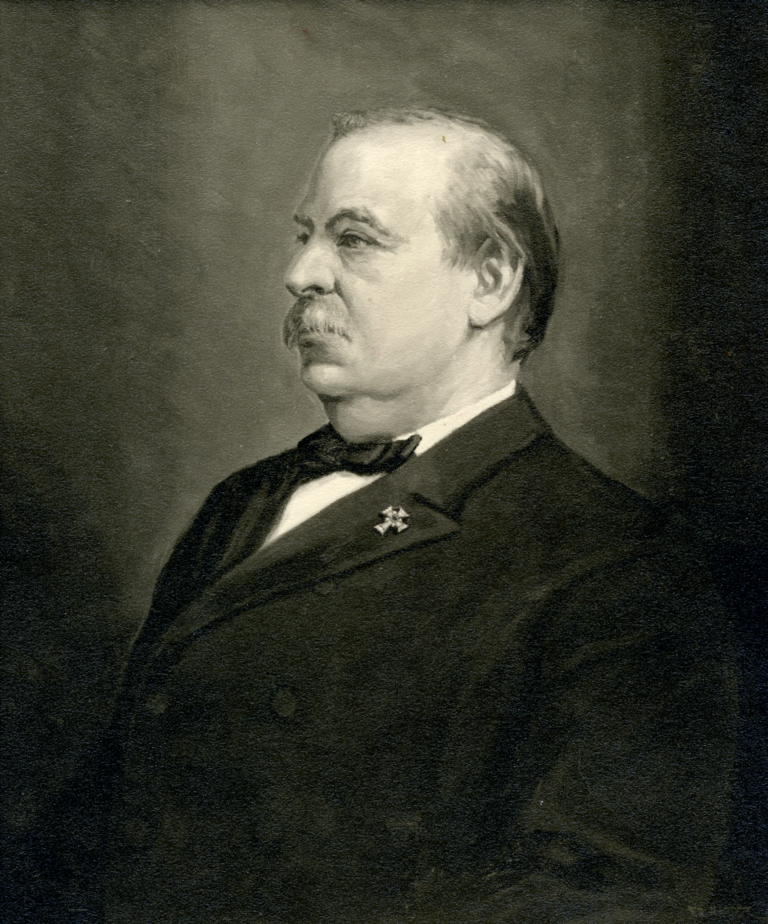
The Second Term: Crisis and Controversy
Grover Cleveland’s second term was marked by a series of significant challenges. The most notable of these was the Panic of 1893, a severe economic depression that began during the final months of Cleveland’s first term and deepened in his second. The depression was triggered by the collapse of several major railroad companies and led to widespread unemployment and financial instability. Cleveland’s decision to maintain the gold standard and oppose the free coinage of silver, a position supported by many in his party, alienated some Democrats and made him a target of populist critics.
In addition to the economic crisis, Cleveland faced intense labor unrest during his second term. In 1894, the Pullman Strike, a nationwide railroad strike, brought thousands of workers into direct conflict with the government. Cleveland responded to the strike by sending in federal troops to restore order, a move that was widely criticized by labor leaders and many Democrats. Despite the controversy surrounding his handling of the strike, Cleveland remained steadfast in his belief that the government should not interfere with the workings of the free market.
Legacy and Influence
Grover Cleveland’s legacy is one of reform, fiscal responsibility, and a commitment to the principles of limited government. He was one of the last presidents of the Gilded Age and one of the few to successfully challenge the political machines and corruption that were rampant during this time. His civil service reform efforts helped to modernize the federal government, and his stance on fiscal policy influenced the development of U.S. economic policy in the years following his presidency.
Cleveland’s presidency was also marked by his commitment to a non-interventionist foreign policy, although his administration did face some challenges in this area. His most notable foreign policy action was his opposition to the annexation of Hawaii, a decision that would be reversed by his successor, William McKinley. While Cleveland’s presidency was not without controversy, his dedication to principle and his steadfast commitment to the values of the American republic have earned him a lasting place in history.
Conclusion: Grover Cleveland’s Lasting Legacy
Grover Cleveland’s unique place in American history as the only president to serve two non-consecutive terms has cemented his legacy as a principled and reform-minded leader. Despite the political challenges of his time, Cleveland remained committed to his values of limited government, fiscal conservatism, and public service reform. His efforts to reduce corruption, modernize the federal bureaucracy, and promote sound economic policies have had a lasting impact on the United States. Cleveland’s presidency is often seen as a bridge between the political machines of the Gilded Age and the more progressive reforms of the early 20th century. Today, Grover Cleveland is remembered as a president who upheld the principles of democracy and worked tirelessly for the betterment of the country, leaving behind a legacy that continues to influence American politics.

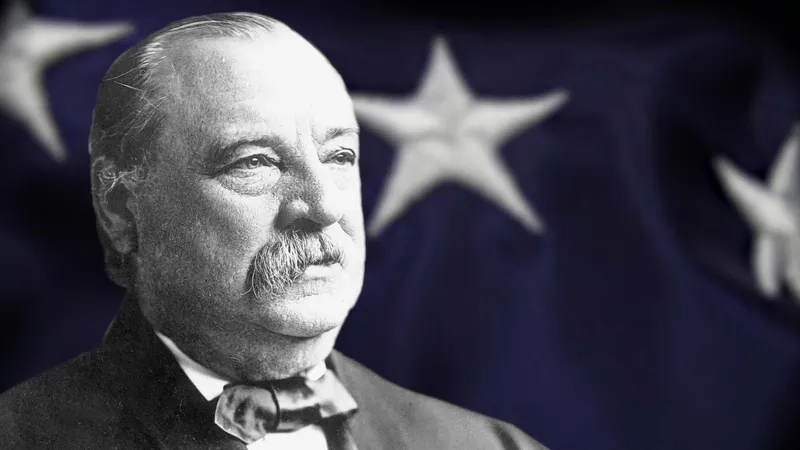
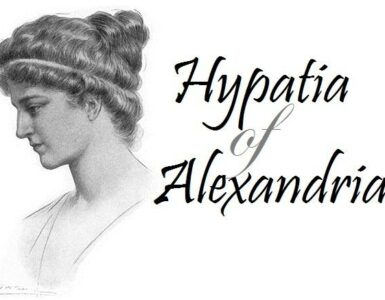
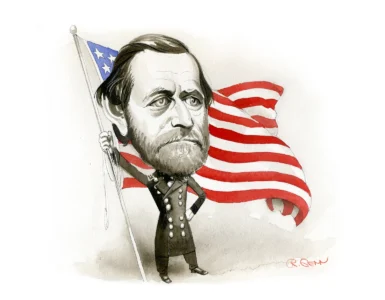
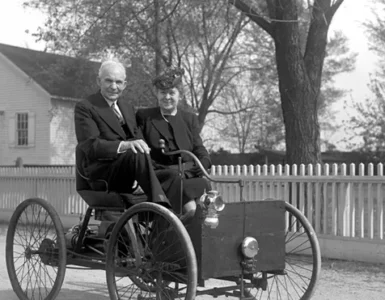
Add comment